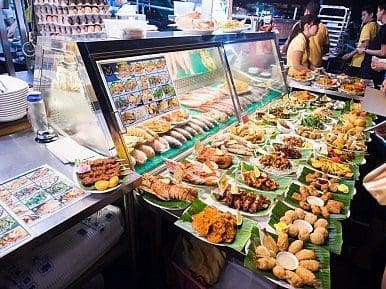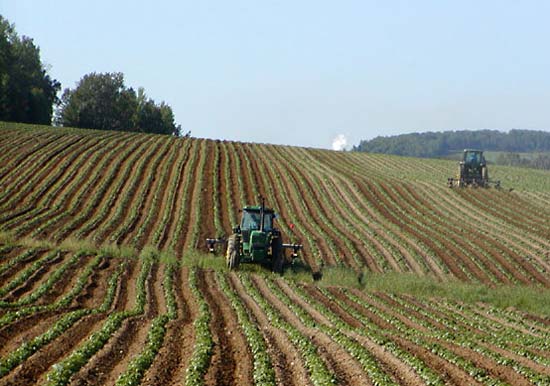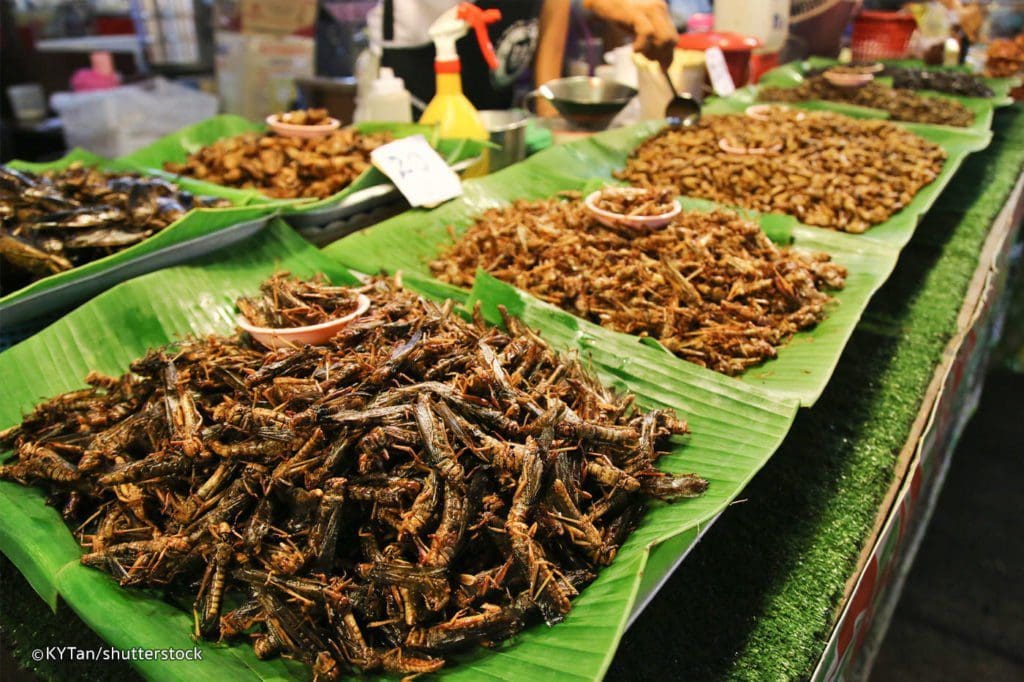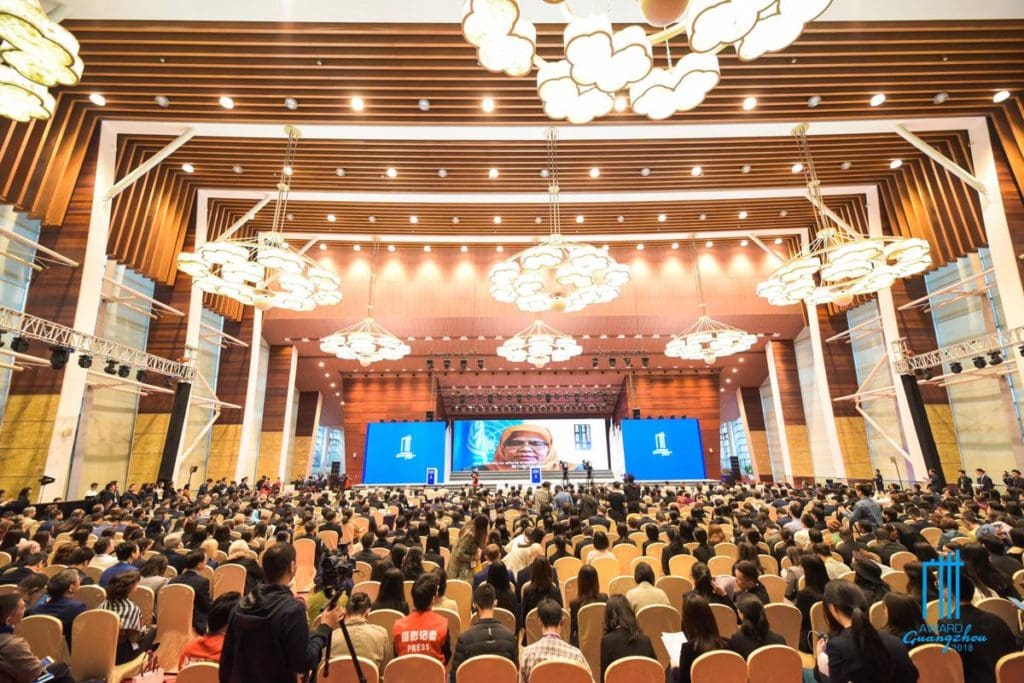In the climate of food crisis in which we live perpetually (some countries have too much, many have little) there are complex challenges to be faced everywhere in the world.
Intensive fertilizer use in the American Midwest, for example, is causing a food crisis with pollution of rivers and streams, degradation of water quality and the creation of a de facto dead zone in the Gulf of Mexico.
Chocolate production will soon be under threat in Africa (where more than half of the world total is produced). The harmful emissions are reducing the nutrients in food, especially in terms of proteins, and this may cause other malnutrition. These are just a few possible examples, every global study shows that there is so much at stake.
The future of food may seem black, in other words. But it doesn't have to be this way: the distribution system can become part of the solution to both problems related to food quantity and environmental pollution.
This of course will not happen without making important changes to the consumption and logistics of food, especially in the context of our cities. Up to 75% of the world's population is moving towards urban contexts: in order to face the food crisis it is crucial to identify strategies for using more local resources.
The urbanized citizens of the world have now become accustomed to having any food at any time of the year. This has huge costs: foods delivered by air cause 4 times the emissions of those transported by road, and 38 times more emissions than those transported by train. Let's not talk about water consumption, and the problems of biodiversity competing with the food "must haves" that people always want on the table and mass production.
If we want to avoid all these problems we have to reimagine where the food comes from and where it is headed. Enhancing seasonal and local foods, consuming less soil and less water, reducing transport.
We can do this by working hard on eight factors that have worsened and strengthened the weaknesses in our food system.
Food behavior

It is very important to reduce food and calorie consumption in countries with a high obesity rate. Consuming less food only brings benefits: more people can be fed, with less soil consumption. All environmental studies show that the global reduction in consumption is the biggest factor in reducing greenhouse gases.
Agri-food strategies

They should have priority over those of mass production. Organic foods use far fewer fertilizers, protect biodiversity and produce far fewer emissions. The gold medal in current trends is held by the production of organic wholemeal bread in England: very little energy per ton of food produced and very low use of nitrogen fertilizer.
Distribution chain

Large quantities of food are required for every urban area: a city of one million inhabitants needs 900 million kilos of food every year. Closer foods are combined with medium-range transport which can also be carried out with electric vehicles, therefore with more renewable energy. Reducing the geographical scale of food transport to a regional level can strengthen the geochemical production cycle of plants and vegetables, and also ensure greater control over their recycling with a view to the circular economy.
Food waste

This is one of the biggest problems: if we talk about the waste produced within the distribution chain, the greatest losses arise within Western societies. Terrible and enormous, for example, is the amount of food that ends up wasted because it does not meet aesthetic criteria. And obviously it's not just food lost: all the energy used to produce and transport this food also ends up going bad. This "culture" of waste must be changed.
Concentrated production

Many fields are intensively cultivated and left exhausted and vulnerable to the threats of climate change. Concentrating just one production in one place is a disaster for the soil and the environment. While research develops plants and seeds that are more tolerant to heat, the phenomenon of concentration of production must be combated.
Food transparency

Making the negative effects (see: costs) of land production and consumption transparent can allow “virtuous” farmers to benefit from the visibility and popular gratification that comes from recognizing a wiser way of producing food. A mechanism that could trigger a virtuous spiral from which the entire society could benefit.
Future sources of protein

Breeding insects or jellyfish, producing in vitro meat, obtain proteins from the air: they are just an example of innovative suggestions born from the need to diversify protein sources. This would also lead to a wise redistribution of the level of dietary protein consumption between the north and south of the world.
Food policies

Very few economic resources in western societies are used in policies related to conservation, agroecological research and organic production. Policy must stimulate regional markets, shorter distribution chains, smaller-scale production and renewable energy technology innovations (including collection robots or vertical farms).

